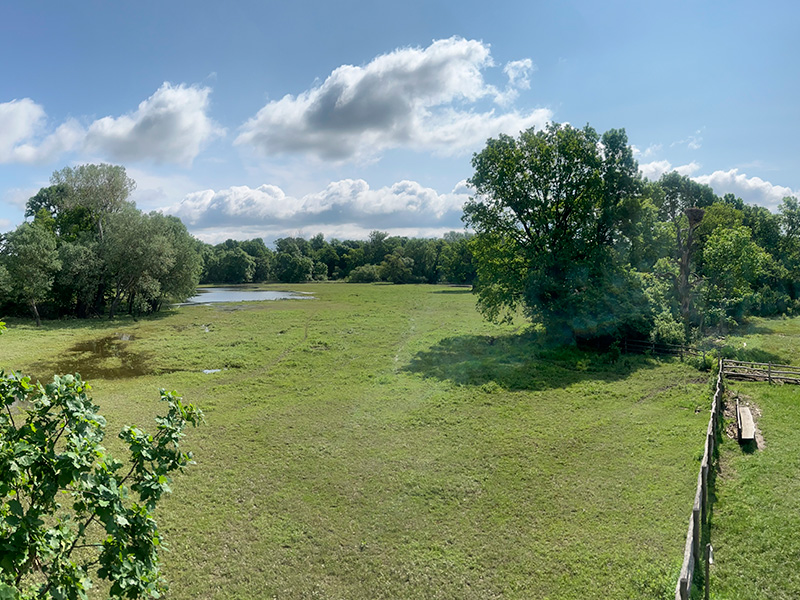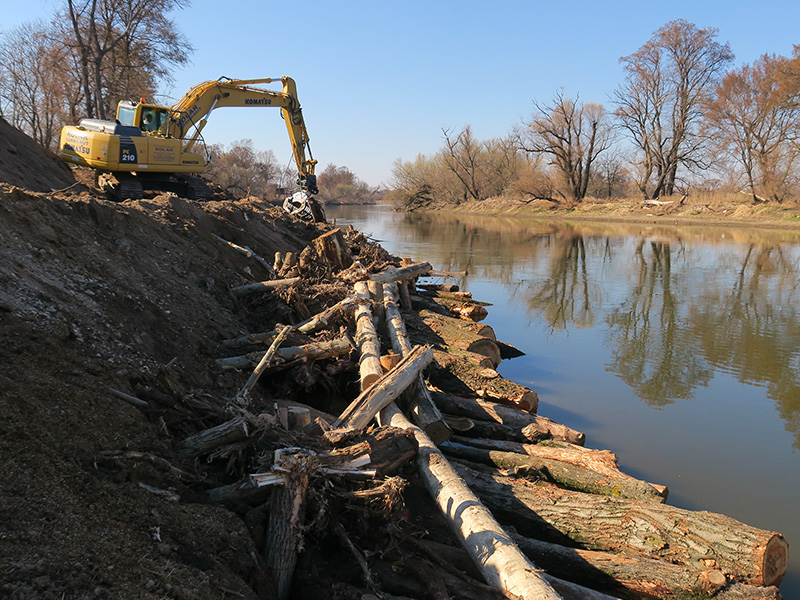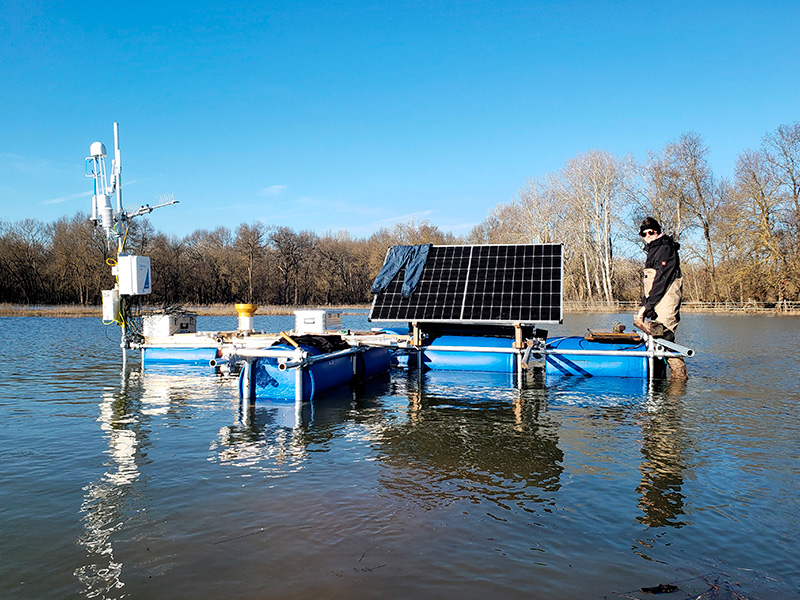REWET Open Lab 2
Morava River, Austria

Location:
Marchauen Nature Reserve, Morava River, Marchegg and Zwerndorf, Lower Austria
Type of wetland:
Floodplain
Size:
1,100 hectares
Site manager:
WWF, private owner
OL coordinator (organisation and country):
BOKU, Austria
Exploring the Morava River
A Natural Haven Amid Challenges and Diversity
The Morava River is the largest left-side tributary of the Upper Danube in Central Europe and Austria’s only near natural lowland river with Pannonian character. The frequent flooding is essential for the floodplain’s grassland and forests. Due to regulation and intensification measures in the last century the river is now classified only with a moderate status (according the EC Water Framework Directive) and habitats for endangered species of fauna and flora are limited. In addition to near-natural floodplain forests, the approximately 1,100-hectare nature reserve is characterized by diverse meadows and floodplain waters.

Challenges of the Morava River
Addressing Ecological Threats to River Diversity

Most of the ecological problems we are facing at the Morava River today are caused by the river regulation measures implemented in the 1930s to the 1980s: 36 meanders were cut off and 75% of the river banks stabilized. So we face 3 main threats:
- Lack of natural river sections with unpaved shore
- Lack of lateral connectivity (river-floodplain)
- Lack of river islands and intact side arms
Restoration Initiatives on the Morava River
Reviving the River: Nature-Based Solutions and Innovative Monitoring
First restoring measures took place from 2002 until 2006 within LIFE project interventions. Currently the city administration of Vienna is planning to implement river restoration measures at a river length of 9 km in total to provide ecosystem services with the use of soil and water bioengineering techniques as nature-based solutions. To assess the effectiveness of improving ecosystem engineering and services interdisciplinary methodologies will be used. The REWET project will help with the monitoring solutions to assess the fluxes of GHG emissions, in particular of CO2 and CH4.
